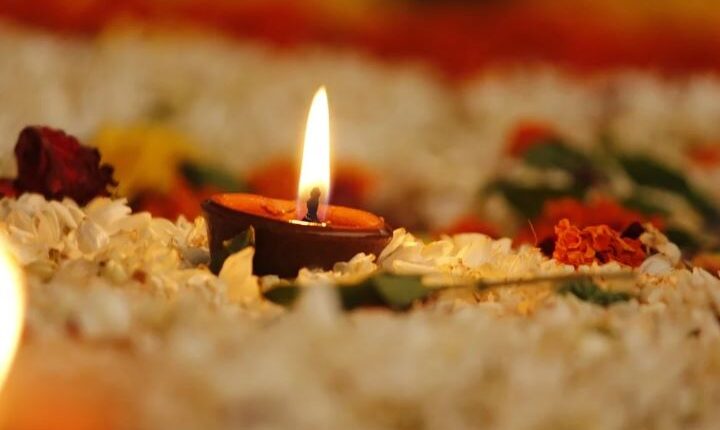Vrishabha Sankranti is an auspicious Hindu festival that marks the transition of the Sun into the zodiac sign of Taurus (Vrishabha). It occurs when the Sun moves from Aries (Mesha) to Taurus, which usually falls in the month of May. This event is celebrated with enthusiasm and devotion in different parts of India, signifying the change of seasons and the agricultural cycle.
Vrishabha Sankranti 2023 Date: May 15, Monday.
Muhurat: May 15, 5:49 AM – May 15, 11:49 AM.
The festival of Vrishabha Sankranti holds significant cultural and religious importance. Here is an overview of its significance and the rituals associated with it:
- Significance of Vrishabha Sankranti:
- Agricultural Significance: Vrishabha Sankranti signifies the onset of the summer season and the beginning of the harvest season. It is considered a crucial period for farmers as they prepare their fields for cultivation and sowing of new crops.
- Astrological Significance: According to Hindu astrology, the Sun’s transition into Taurus is believed to enhance the positive energy and influence of the Sun. It is considered an auspicious time to embark on new ventures, seek blessings, and invoke prosperity.
- Worship of Lord Vishnu: Vrishabha Sankranti is associated with Lord Vishnu, the preserver of the universe. Devotees offer prayers and perform rituals to seek the blessings of Lord Vishnu for a prosperous and harmonious life.
- Rituals of Vrishabha Sankranti:
- Holy Dip: Devotees take a ceremonial bath in sacred rivers, especially at the confluence of rivers, to purify themselves and attain spiritual merit. The holy dip is believed to wash away sins and grant blessings.
- Charity: Giving donations and helping the needy is an important aspect of Vrishabha Sankranti. Devotees offer food, clothes, and other essentials to the less fortunate as acts of compassion and selflessness.
- Worship of Lord Vishnu: Devotees visit temples dedicated to Lord Vishnu and offer prayers and floral tributes to seek his blessings for happiness, prosperity, and protection. They may also recite hymns, sing devotional songs, and perform aarti (rituals with oil lamps) as an expression of devotion.
- Donation of Cows: Cows hold great significance in Hindu culture, and on Vrishabha Sankranti, the donation of cows or feeding them is considered highly auspicious. It is believed to bestow blessings, fulfill desires, and bring prosperity.
- Fasting: Some devotees observe a fast on Vrishabha Sankranti to purify their bodies and minds. They abstain from consuming grains and certain foods throughout the day, dedicating their time to prayers, meditation, and self-reflection.
- Cultural Celebrations:
- Community Gatherings: Vrishabha Sankranti brings people together as communities celebrate the festival with joy and enthusiasm. Cultural events, fairs, and processions are organized, where people participate in traditional music, dance, and cultural performances.
- Bull Decorations and Races: In some regions, particularly in rural areas, decorated bulls are an integral part of the festivities. People decorate the bulls with colorful ornaments and participate in bull races and competitions, showcasing strength and agility.
Vrishabha Sankranti is a time of new beginnings, gratitude, and reverence. It signifies the harmonious relationship between humans and nature, emphasizing the significance of agriculture and the divine forces that sustain life. By participating in the rituals and celebrations of Vrishabha Sankranti, devotees seek blessings for prosperity, agricultural abundance, and spiritual well-being.


Comments are closed.